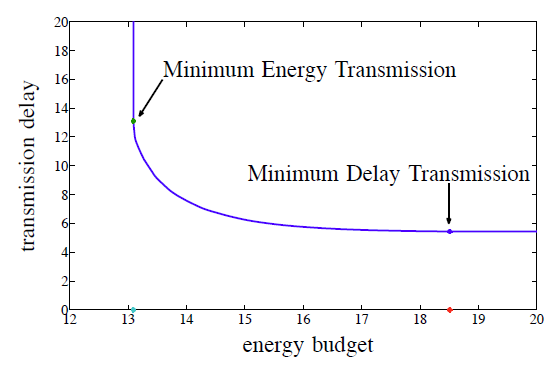TR2008-009
Iterative Linear-Programming-Based Route Optimization for Cooperative Networks
-
- , "Iterative Linear-Programming-Based Route Optimization for Cooperative Networks", IEEE International Zurich Seminar on Communications, March 2008, pp. 84-87.BibTeX TR2008-009 PDF
- @inproceedings{Draper2008mar,
- author = {Draper, S. and Liu, L. and Molisch, A. and Yedidia, J.},
- title = {{Iterative Linear-Programming-Based Route Optimization for Cooperative Networks}},
- booktitle = {IEEE International Zurich Seminar on Communications},
- year = 2008,
- pages = {84--87},
- month = mar,
- isbn = {978-1-4244-1682-0},
- url = {https://www.merl.com/publications/TR2008-009}
- }
- , "Iterative Linear-Programming-Based Route Optimization for Cooperative Networks", IEEE International Zurich Seminar on Communications, March 2008, pp. 84-87.
-
Research Area:

Abstract:
In this paper we develop linear-programming (LP) based route optimization techniques for networks of relays that employ mutual-information accumulation at the physical layer. Motivated by applications to unicast transmission in ultra wideband communications we concentrate on the regime where each node has a fixed bandwidth and transmission power. Our goal is to find the cooperative route that minimizes the source-to-destination transmission duration subject to a sum-energy constraint. We tackle this problem by solving a sequence of LP-based route optimizations under increasingly tight energy constraints, revealing a trade-off between energy consumption and delay. An initial route is found by "flooding" the network, resulting in the smallest delay, but largest energy consumption. Successive routes are found by initializing the LP with the optimum route found at the (slightly higher) previous energy constraint. Through this iterative procedure we explore a massive parameter space to find locally (and often globally) optimum solutions very efficiently. We illustrate our method for a network consisting of 50 nodes and compare the results to classic routing approaches. We comment on the applicability of our framework to other bandwidth and energy constraints, objective functions, and to multicasting.
Related News & Events
-
NEWS IEEE International Zurich Seminar on Communications 2008: publication by MERL researchers and others Date: March 12, 2008
Where: IEEE International Zurich Seminar on CommunicationsBrief- The paper "Iterative Linear-Programming-Based Route Optimization for Cooperative Networks" by Draper, S., Liu, L., Molisch, A. and Yedidia, J. was presented at the IEEE International Zurich Seminar on Communications.